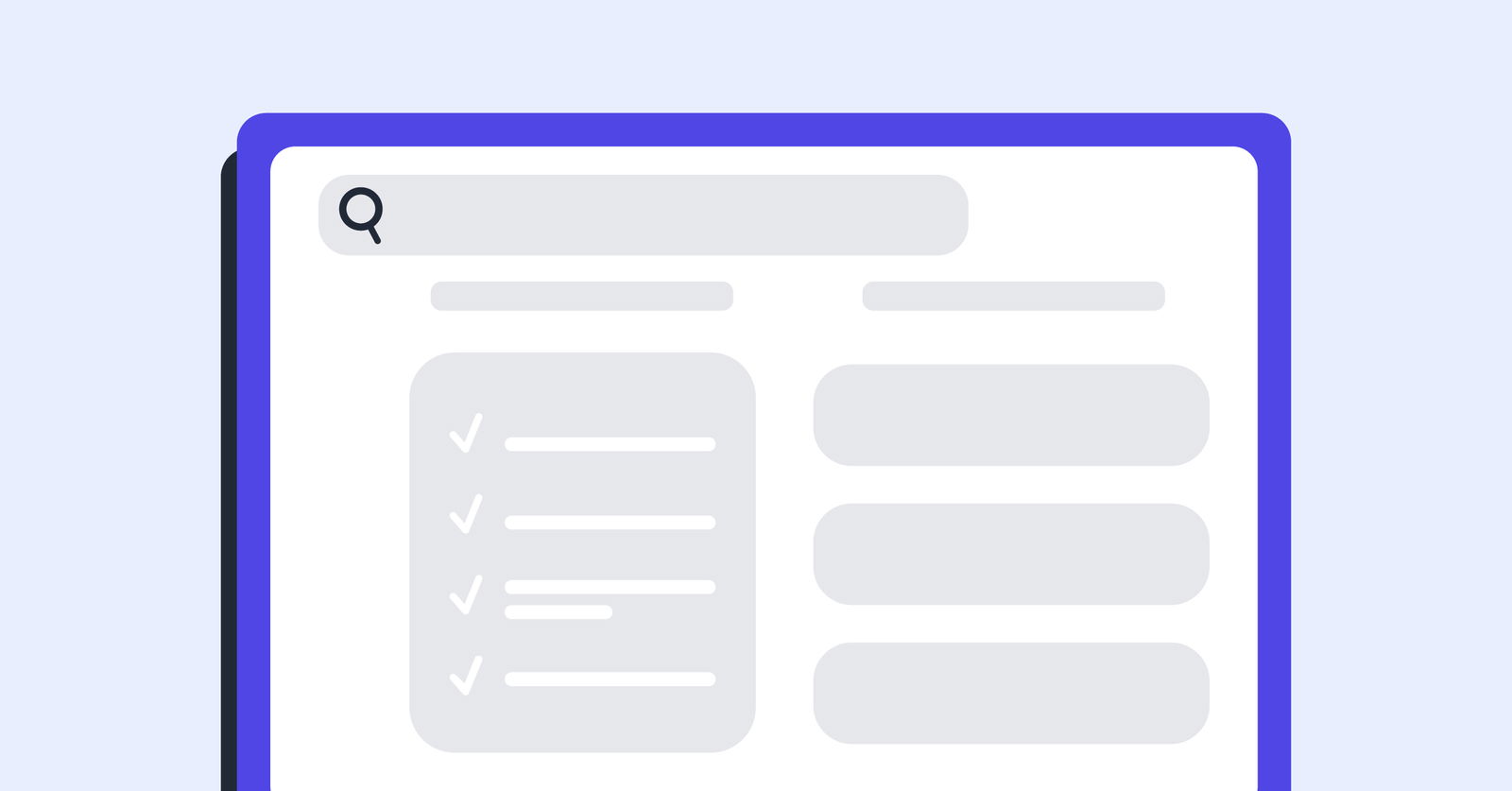If you are using technology in your classroom with your students, you need to be teaching them how to be good digital citizens. Many students are already quite familiar with the digital world, but they still need to be taught to use it responsibly and safely. Teaching digital citizenship encompasses tons of topics like protecting privacy, addressing cyberbullying, respecting copyright laws, managing your digital footprint, being digitally literate, and balancing technology use just to start! It’s one thing to consider the importance of teaching digital citizenship, but actually teaching and getting these messages to resonate with students can be quite overwhelming.
To help you get started with incorporating digital citizenship topics into your lesson plans, we broke down what digital citizenship is, why it is important to teach to your students, some topics to get you started, and some ideas for implementing digital citizenship activities or projects into your lessons.

What is Digital Citizenship? Why is it Important to Teach?
Digital Citizenship is being respectful, responsible, and safe anywhere, anytime when using computers, the internet, or any other digital devices.
The various topics and threats tech tools pose are important to teach to students to ensure their safety and protection. Most students today are digital natives which means they already understand the use of technology in day-to-day life (sometimes better than us!) However, that does not mean they have a mature understanding of its scope and the potential impact of negative use. They still need guidance on using it responsibly. For example, they may not know how to vet sources or understand the sensitivity of the information they’re sharing online.
A great time to teach digital citizenship is before introducing a new form of technology in the classroom, before a research project, or any time technology & the internet is used for an activity or assignment. Teach students about the credibility and reliability of the information, as well as helpful tips to confidently disregard inaccurate or unnecessary information. With the rise of tech in the classroom, there are only more and more opportunities to incorporate digital citizenship into a few lessons.
The topic of Digital Citizenship is already making its way into teaching standards, and educators around the world have begun adding it to their lessons. This means that the internet is filled with information, ideas, and lesson plans to help; including us here! So, we’re offering a few simple topics you can use when teaching digital citizenship.
Digital Citizenship Topics for Getting Started
So what can be taught for digital citizenship? As an umbrella term, there are a great variety of topics, themes, and subjects you can teach students. In the beginning, start small and make sure the content is relevant and relatable to students. To do that, you can relate the topics to principles that are already taught to, understood by, and applied in the real world by young students, like:
- Knowing right from wrong
- Not talking to strangers
- Understanding the consequences of their actions
- Playing fair
These principles can help guide you in teaching students about any digital citizenship topic.
The “9 Key Ps” of Digital Citizenship
To ease into the more serious, but important topics to be aware of using the internet: teach the 9 Ps. This list from Reinventing Writing, a novel by Vicki Davis is a brilliant list that covers some of the most important and dangerous digital topics.
- Passwords: ensure students know to create a unique, secure password.
- Private Information: protect private details like address, email, and phone number.
- Personal Information: information that will not identify a student, but is still personal to them. For example, how many siblings they have, their first jobs or car, or who their best friends are.
- Photos: be observant of the location-based identifiers (street signs, license plates, etc) that are in photos before posting them on the internet.
- Property: understand copyright & that not everything on the internet is available for the taking.
- Permission: teaching students how to cite sources and ask permission for work they want to use.
- Protection: be aware of viruses, malware, phishing, ransomware, and identity theft.
- Professionalism: how to behave and interact with others when online.
- Personal Brand: this is a digital tattoo, everything you do on the internet stays with you forever.
9 Elements of Digital Citizenship
Once the 9Ps have been introduced to your students, delve deeper into these topics and others with the guidance of the 9 elements of Digital Citizenship. These elements cover the main aspects that students will experience when interacting with the digital world. Find more information on the following elements in Digital Citizenship in Schools by Mike Ribble and Gerald Bailey.
Digital Access:
Keep in mind when teaching that not all students have the same access to technology. Alternatives may need to be provided. In addition, teaching students that accessibility to tech devices is not equal for everyone can keep them aware and understanding of those around them.
Digital Commerce
Buying and selling online is easier and quicker than doing it in person. Teaching students about online financial safety is a must as they grow up in this digital age.
Digital Communication
For some, it is easier to communicate behind a screen, whether or not it is helpful or hurtful. Teaching students to react appropriately online, be aware of what is being said, and realize that anyone can say anything will teach will help them make the right decision about how to react to what they are reading or hearing.
Digital Literacy
With so many contributors to different parts of the internet, differentiating between real and fake content is a necessity. Not everything on the internet is true, so teaching students the best practices for finding the real information will help them not only become informed citizens but help in their education too.
Digital Etiquette
Similar to real-life etiquette, students must know how to appropriately and responsibly behave when using the internet, technology, and other digital platforms.
Digital Law
It is important for students to understand the different rules, regulations, and laws that surround the digital world. From unlawful behaviors that have bigger consequences, like identity theft to identifying smaller rules, such as downloading music illegally, students must be aware of unacceptable actions as well as when to identify these happening in front of them.
Digital Rights and Responsibilities
Students need to understand that can be held accountable for their actions and deeds in the online world. The internet is not anonymous. Today, students’ digital self is an extension of who they are, and they should be intentional about how they show up or build relationships on the internet.
Digital Health and Wellness
What is done, read, watched, or listened to in the digital world can and will impact the real world, especially regarding students’ health and wellness. Teaching students to take care of themselves, set healthy boundaries & expectations, and use the digital world in non-detrimental ways is incredibly important for their well-being and their future.
Digital Security
Students must understand the implications of weak and strong security on their information. Explain the consequences, proactive ways to avoid breaches or hackers, and how to identify and avoid risky signs & behaviors.
Now that you have a few ideas of what to teach to get started with digital citizenship in your classroom, how can you go about teaching it in your lessons?
Activity Ideas for teaching Digital Citizenship
Teaching digital citizenship can be a slow process since there is so much to cover. Maybe you want to add it to your curriculum and cover it all at once, or maybe you want to sprinkle the list of topics into one lesson or theme a day.
Regardless of when you teach it or how long it may take, providing students with examples and opportunities to put it into practice will help them relate to and understand the full scope of digital citizenship.
Here are some activities you can use in your classroom to teach digital citizenship.
Experience & Relating
Along with your topic or lesson of the day, provide a chance for students to experience and relate to it.
For example, you could have students join a Collaborative Learning Community, like a global Padlet board or Flipgrid to see, hear, and discuss with another classroom or students from around the globe.
When the students are getting in touch and communicating with one another, they must use the right digital language to understand each other, as not everyone shares the same texting/typing shorthand.
Common Internet Scam Student Presentations
As a teacher, you can create a list of the most common scams that appear on the internet.
Assign or have students choose a scam to give an informational presentation. They can share with the class about the scam and ways to identify signs and prevent it from happening.
This way, they learn about it and know how to protect themselves and recognize the threats in the future.
Public Service Announcement Project
Another activity or project idea is having students create an advertisement or PSA announcement on a certain digital citizenship topic.
This is a great place to integrate different EdTech tools and encourage student creativity. They can choose a platform that best helps them share information and get their idea across. For example, they could create designs and infographics with Canva, or use video tools like Animoto or Flipgrid for a different kind of presentation.
Interactive Questions in Presentations
Whether you spend an entire lesson going through all the digital citizen elements or have one theme of the day, you can include one or a few interactive questions to get students more engaged and involved with the lesson. You don’t just want to share the information; you want your students to engage with the concept and demonstrate their understanding.
Teacher bonus points if these questions are integrated right into your presentation platform like ClassPoint is with PowerPoint! This way, you will not need to leave your presentation to get feedback and see how your students are understanding the topic.
Conclusion
There are many free resources online to help you dive deeper into teaching digital citizenship. Find lessons, activities, and more ideas on websites like Common Sense or PBS. And, if you need detailed laid-out plans and lessons, check out Brain Pop or iSafe.
All these activities and resources will help to build students’ confidence and own their responsibility when online. By teaching students to become good digital citizens in school, we can help to build a generation filled with the skills, knowledge, and understanding to succeed as upstanding citizens and learners.
